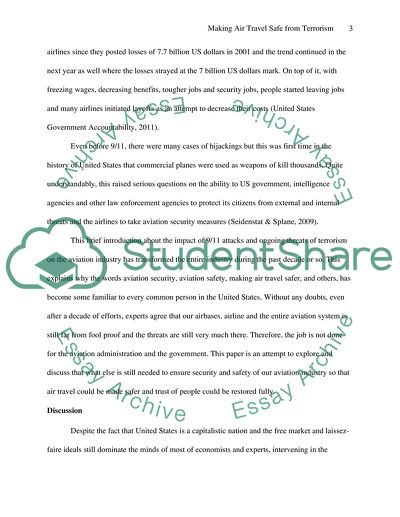Cite this document
(Making Air Travel Safe from Terrorism Term Paper, n.d.)
Making Air Travel Safe from Terrorism Term Paper. Retrieved from https://studentshare.org/social-science/1756741-making-air-travel-safe-from-terrorism
Making Air Travel Safe from Terrorism Term Paper. Retrieved from https://studentshare.org/social-science/1756741-making-air-travel-safe-from-terrorism
(Making Air Travel Safe from Terrorism Term Paper)
Making Air Travel Safe from Terrorism Term Paper. https://studentshare.org/social-science/1756741-making-air-travel-safe-from-terrorism.
Making Air Travel Safe from Terrorism Term Paper. https://studentshare.org/social-science/1756741-making-air-travel-safe-from-terrorism.
“Making Air Travel Safe from Terrorism Term Paper”, n.d. https://studentshare.org/social-science/1756741-making-air-travel-safe-from-terrorism.


